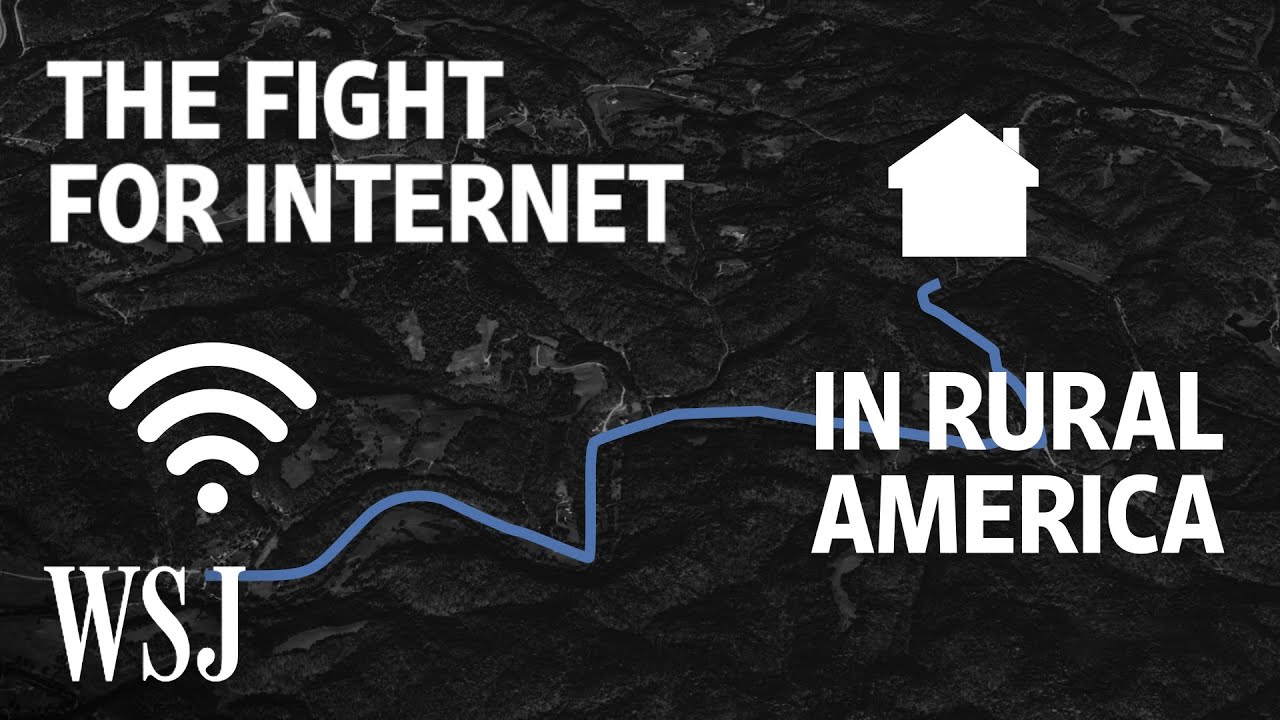Broadband Penetration Rates
B roadband penetration rates vary widely across the United States, with some states having near-universal coverage while others lag significantly behind. According to data from the Federal Communications Commission (FCC), as of 2020, the states with the highest broadband penetration rates (defined as the percentage of households with access to fixed broadband at speeds of at least 25 Mbps downstream and 3 Mbps upstream) were:
- Massachusetts - 96.6%
- New Hampshire - 96.4%
- Rhode Island - 96.4%
- Connecticut - 96.0%
- Maryland - 95.9%
In contrast, the five states with the lowest broadband penetration rates were:
- Mississippi - 59.2%
- Arkansas - 64.3%
- Alabama - 65.0%
- Louisiana - 66.3%
- Montana - 67.1%
Factors that Influence Broadband Adoption
The variation in broadband penetration rates across states can be attributed to a complex interplay of factors. One of the most significant factors is population density, as it is more challenging and expensive to deploy broadband infrastructure in sparsely populated areas. Consequently, states with lower population densities and larger rural areas tend to have lower broadband adoption rates.
Another factor that influences broadband adoption is geography, particularly the presence of physical barriers that may hinder broadband deployment. For example, states with rugged terrain, dense forests, or coastal areas are more challenging to serve with fixed broadband connections, as laying cables or fiber can be prohibitively expensive.
Socioeconomic factors are also critical determinants of broadband adoption rates. States with higher levels of income and education tend to have higher broadband adoption rates, as these factors enable households to afford the necessary equipment and subscription fees. In addition, states with larger minority populations, particularly Hispanic and African American communities, tend to have lower broadband adoption rates, as these groups face unique challenges in accessing broadband service, including affordability and availability.
Best Broadband Solutions for Each State
Based on the analysis of the above factors, satellite internet/HDTV services may be the best broadband solution for states with low broadband penetration rates, particularly those with large rural populations and challenging geographies. With satellite service, households and businesses in remote and rural areas can access broadband connections without the need for expensive infrastructure investments, making it an attractive alternative to traditional broadband services.
In states with higher broadband penetration rates, fiber and cable internet may be the best options, as they offer higher speeds and more reliable connections. In some cases, states may also benefit from the deployment of 5G networks, which can offer even faster speeds and lower latency than traditional broadband services.
In terms of providers, some of the leading satellite internet/HDTV services include HughesNet, Viasat, and DISH Network. For fiber and cable internet, major providers include Comcast Xfinity, Verizon Fios, and AT&T. However, the availability of these providers may vary by state and region, so it is essential to check for local providers and service offerings.
Rates Vary
Broadband penetration rates vary widely across the United States, and the factors that influence adoption are complex and multifaceted. While some states have near-universal coverage, others lag significantly behind, particularly those with larger rural populations and challenging geographies. Satellite internet/HDTV services may be the best broadband solution for these states, while fiber and cable internet may be more appropriate for states with higher broadband penetration rates. To identify the best broadband solution for each state, it is essential to consider factors such as population density, geography, and socioeconomic factors, and to research local providers and their service offerings.

